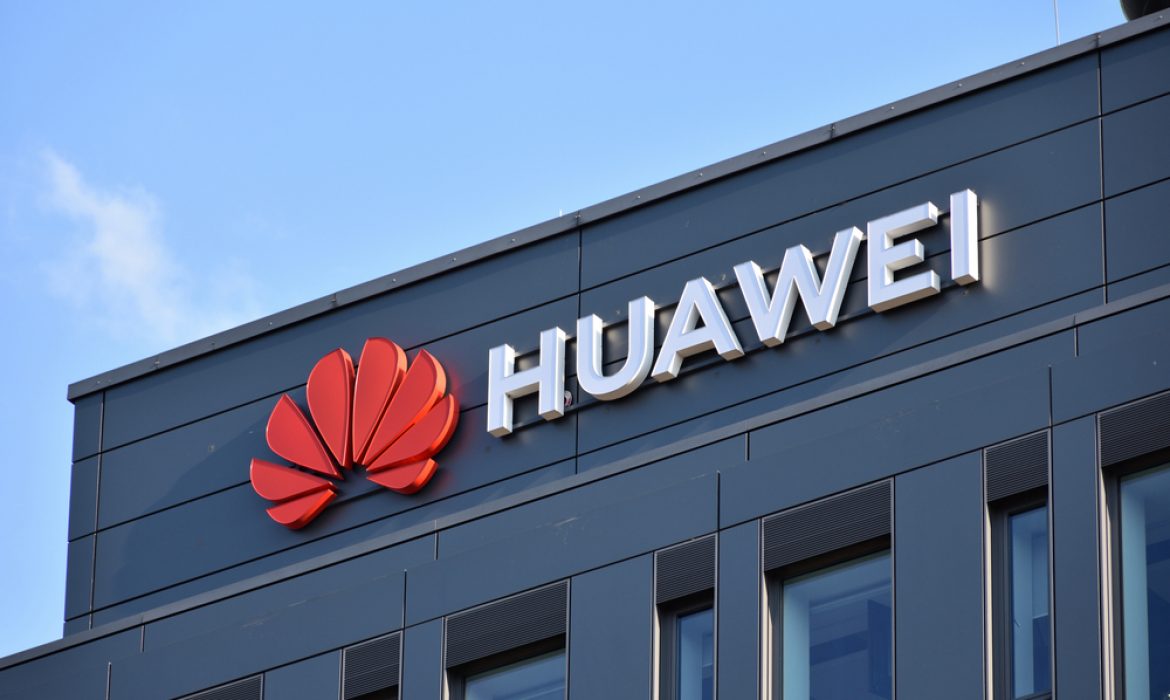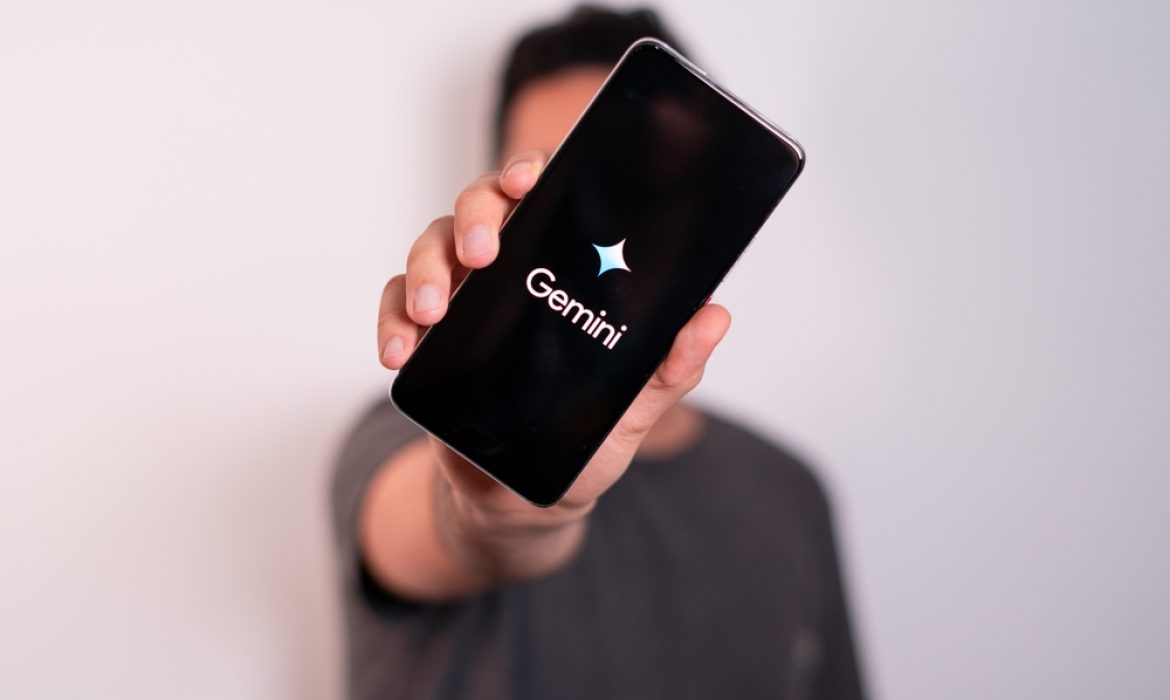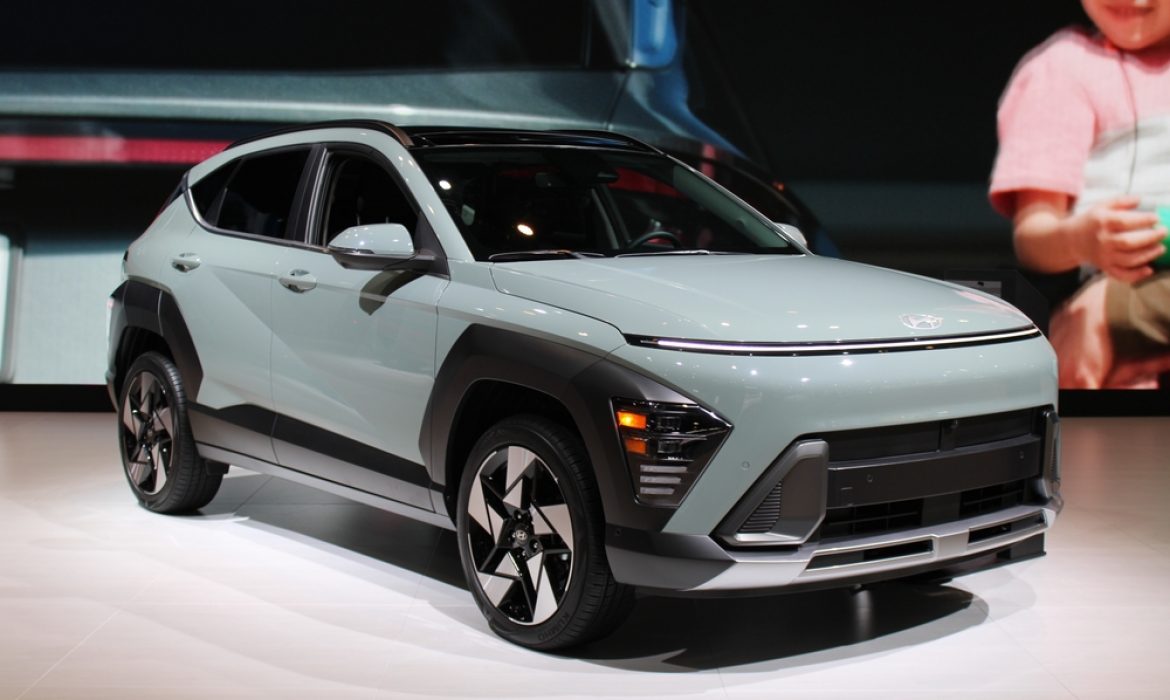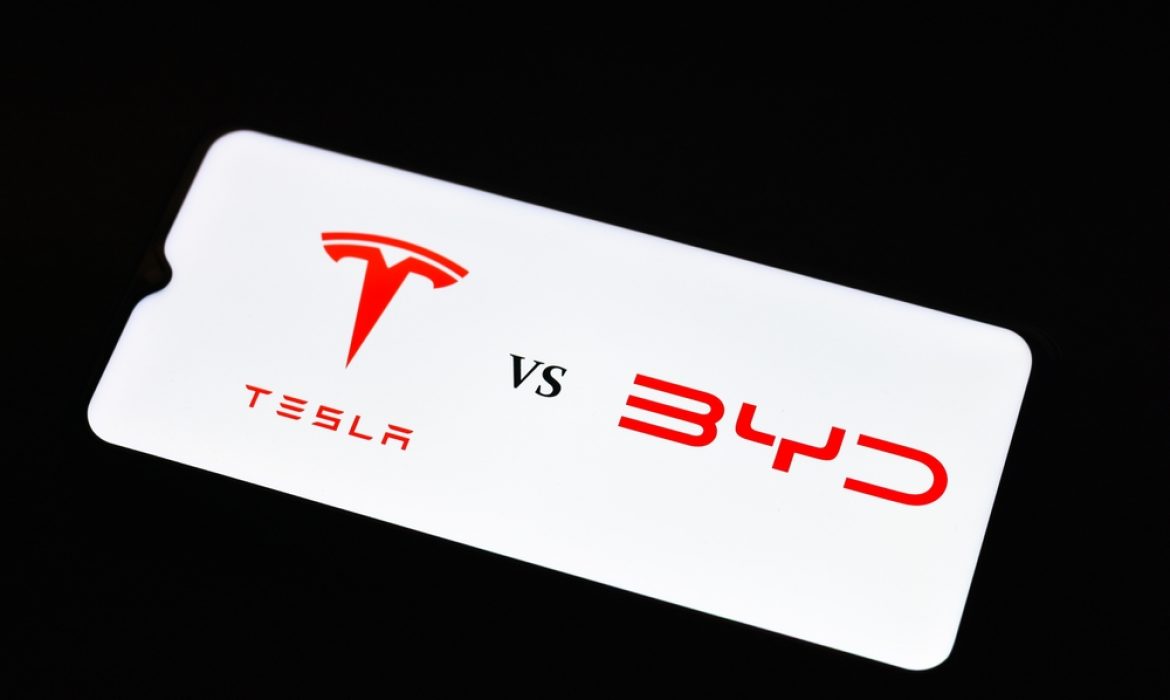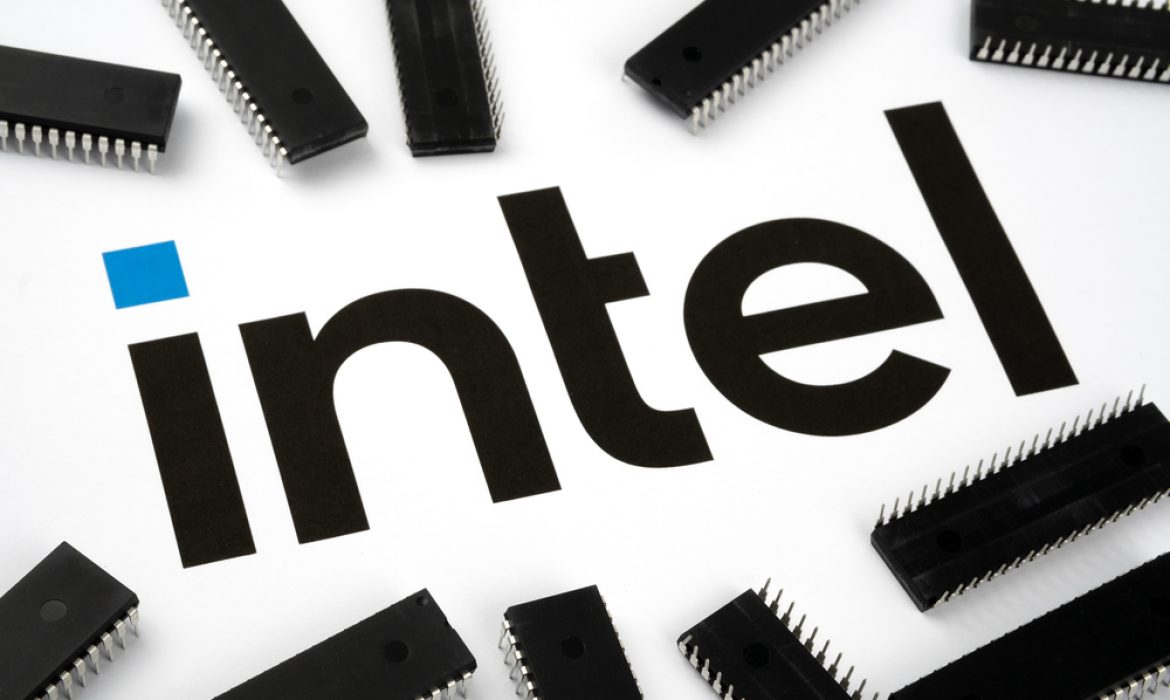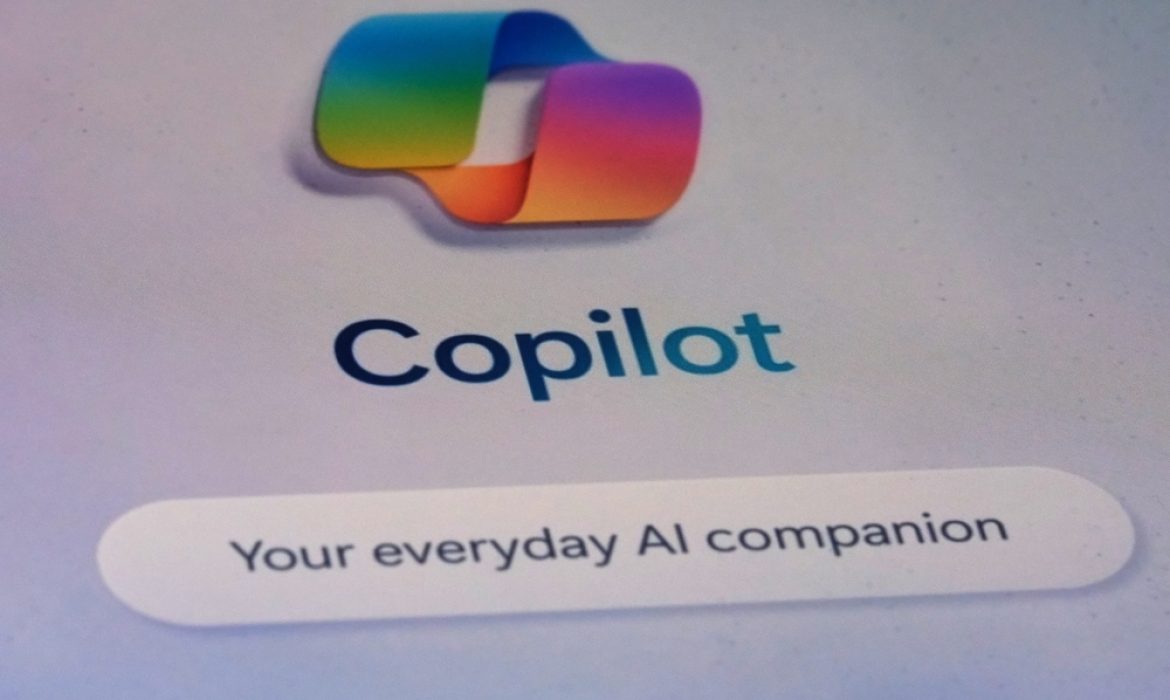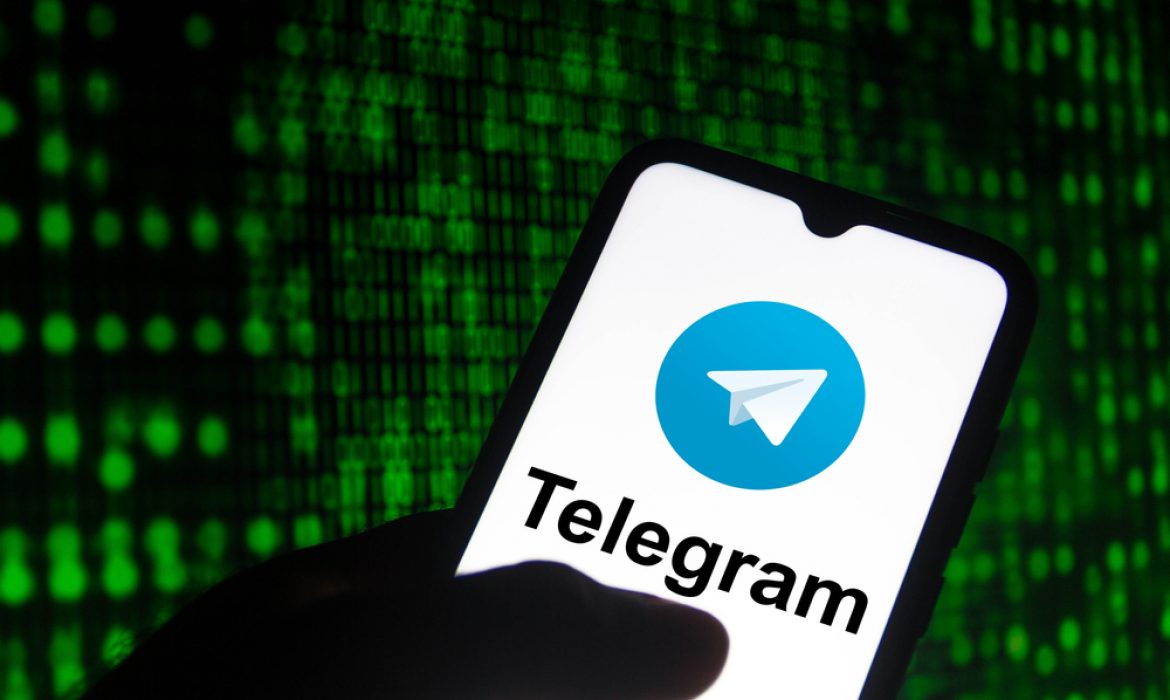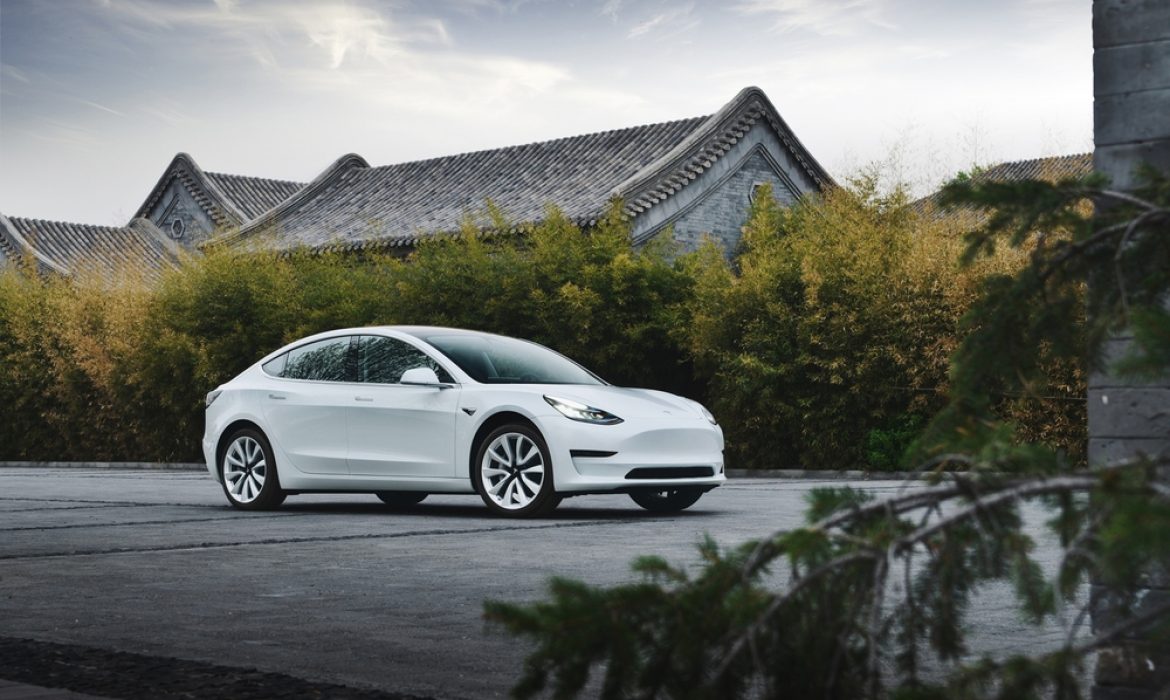Huawei’s Remarkable Recovery: Surging Revenue Marks Resilience Post-Sanctions
Huawei Technologies has announced a formidable financial performance for the year 2023, signaling a robust bounce back from the adversity of US sanctions imposed in 2019. With revenue surging to $97.48 billion and profits soaring to $12.05 billion, the tech giant’s latest figures mark its fastest revenue growth in the past four years, underscoring a resurgence that has defied earlier setbacks.
Consumer Segment Spearheads Growth
Huawei’s resurgence owes much to the buoyancy of its consumer segment, which emerged as the primary driver behind the stellar revenue figures. Clocking a remarkable 17.3% growth, the consumer business raked in $34.83 billion in revenue. Central to this segment’s success was the company’s triumphant return to the mainstream 5G smartphone market with the Mate 60, effectively navigating past the hurdles posed by US restrictions.
Diversification Pays Dividends
Beyond its consumer arm, Huawei’s diversified portfolio played a pivotal role in fueling its financial renaissance. The company’s cloud business, witnessing an impressive 20% growth, recorded revenues of $7.66 billion. Moreover, its foray into smart car software and components proved to be a strategic masterstroke, witnessing an astonishing 128.1% year-on-year surge to $0.65 billion. This diversification strategy not only cushioned the impact of sanctions but also positioned Huawei for sustained growth across multiple sectors.
A Steady Trajectory of Recovery
2023 marks the third consecutive year of growth for Huawei, a testament to its unwavering resolve in the face of adversity. Following a tumultuous period marked by a nearly one-third revenue plunge in 2021, attributed to chip reserve depletion, the company’s trajectory of recovery has been steady, albeit with revenues yet to reclaim their 2020 peak.
Honor Sale: A Strategic Windfall
A significant contributing factor to Huawei’s stellar financial performance has been the ongoing payments stemming from the sale of the Honor smartphone brand. The divestment, executed in November 2020, continues to bolster the company’s financial position, providing a crucial lifeline amidst challenging market conditions.
Huawei’s resounding success in 2023 underscores not only its capacity for resilience but also its strategic agility in navigating complex geopolitical landscapes. As the tech behemoth charts its course forward, its remarkable recovery stands as a testament to the indomitable spirit of innovation and adaptability that defines the industry’s pioneers.
Source: Reuters
Apple in Talks to Integrate Google’s Gemini AI into iPhone
Apple is reportedly in discussions with Google to incorporate the Gemini artificial intelligence engine into its iPhone lineup, according to Bloomberg’s Mark Gurman. Alongside this, there have been talks with OpenAI, the developers behind ChatGPT, indicating a potential shift in Apple’s AI strategy.
The partnership between Apple and Google, known for their longstanding search agreement, could signal a significant development in the AI industry. Google pays Apple substantial sums annually to have its search engine featured as the default option on Safari, raising questions about potential antitrust implications of this new collaboration.
Gemini’s integration into the iPhone platform would provide Google access to billions of users, but it also suggests that Apple may not be as advanced in AI development as previously thought. This move may invite further scrutiny from antitrust regulators, especially considering ongoing legal challenges regarding Google’s search partnership with Apple.
While Apple is working on AI features for iOS 18, they primarily focus on device-based functionalities rather than cloud services. Thus, partnering with Google or OpenAI for generative AI capabilities like image creation and text generation seems to be the chosen path for now.
Gemini, however, has faced controversies, such as generating inaccurate race-related queries, prompting Google to suspend certain functionalities. Despite this, Apple seems keen on leveraging external AI models, possibly to expedite its AI initiatives.
Apple CEO Tim Cook has hinted at a significant AI announcement in 2024, suggesting that the integration of Gemini or other AI models could be part of this unveiling. Utilizing third-party AI features could also mitigate Apple’s liability, according to sources familiar with the situation.
As discussions between Apple and Google progress, the specifics of the agreement, including terms, branding, and implementation methods, remain undisclosed. Nevertheless, if finalized, this collaboration could reshape the landscape of AI integration in consumer devices, potentially setting new standards for innovation and user experience.
The potential incorporation of Gemini into Apple’s ecosystem highlights the growing importance of AI in technology development and underscores the complexities of navigating partnerships in the competitive tech industry.
Source : https://www.bloomberg.com/news/articles/2024-03-18/apple-in-talks-to-license-google-gemini-for-iphone-ios-18-generative-ai-tools
Hyundai’s $50 billion gamble: Bold investment to cement top-3 status in the EV market
Hyundai has unveiled plans for a monumental $50 billion investment aimed at securing its position as one of the top three EV manufacturers by 2030. This ambitious endeavor underscores Hyundai’s determination to thrive in an automotive landscape undergoing a rapid shift towards electrification.
Hyundai’s New Investment Strategy
Hyundai’s hefty investment will focus on fortifying its foothold in EV technology and software-defined vehicles (SDVs), deemed pivotal for future growth. A significant portion of the funds, approximately 35.5 trillion won ($26 billion), will be channeled into research and development (R&D) initiatives geared towards bolstering EV infrastructure and manufacturing capabilities. Additionally, an allocation of 31.1 trillion won will be dedicated to R&D endeavors centered on EV, SDV, and battery technologies.
Expanding Production Capacities
The Korean automaker intends to leverage the investment to expand its manufacturing capabilities, particularly in the realm of EV production. Notably, Hyundai plans to inaugurate a new plant in Ulsan in the first quarter of 2026, focusing on the production of an “extra-large” Genesis electric SUV. Post-launch, the plant is poised to churn out an impressive 200,000 EVs annually, further solidifying Hyundai’s presence in the EV market.
Strategic Initiatives and Product Launches
Hyundai’s strategic initiatives extend beyond bolstering manufacturing capacities. The company is set to make significant investments in IT capabilities and forge joint ventures with affiliates to propel its EV agenda forward. Furthermore, Hyundai’s subsidiary, Kia, is gearing up for the release of the affordable EV3, slated to hit markets both domestically and internationally following the completion of Kia’s Gwangmyeong plant in the second quarter of this year.
Genesis’s Technological Showcase
The unveiling of Genesis’s Neolun Concept, a sleek full-size luxury electric SUV, serves as a testament to Hyundai’s technological prowess and commitment to innovation. This flagship vehicle underscores Hyundai’s aspiration to lead the charge in the EV market, positioning itself as a formidable competitor against industry giants.
Hyundai’s Vision for 2030
With aspirations to become one of the top three electric vehicle manufacturers by 2030, Hyundai aims to roll out a diverse lineup comprising 31 electric vehicles, with an annual production volume projected at 1.51 million units. Hyundai’s dedicated EV platform, E-GMP, which underpins models such as the IONIQ 5, IONIQ 6, Kia EV6, and Genesis GV60, is poised to play a pivotal role in achieving this ambitious target.
A Paradigm Shift in Automotive Industry
Hyundai’s audacious investment heralds a paradigm shift in the automotive industry, emphasizing the pivotal role of electrification in shaping the future of mobility. As Hyundai steers towards a future dominated by electric vehicles, it stands poised to redefine industry standards and solidify its position as a trailblazer in the EV market.
Source: Electrek https://electrek.co/2024/03/27/hyundai-reveals-ambitious-50b-investment-charge-up-ev-sales/
BYD Challenges Tesla for Electric Car Sales Crown in 2024
According to TrendForce, global sales of NEVs (New Energy Vehicles), encompassing BEVs (Battery Electric Vehicles), PHEVs (Plug-in Hybrid Electric Vehicles), and FCVs (Fuel Cell Vehicles), are expected to hit 13.03 million units in 2023, marking a growth rate of 29.8%. However, this represents a significant slowdown from the 54.2% growth rate witnessed in 2022. BEVs make up a substantial portion, amounting to 9.11 million units with a growth rate of 24%, while PHEVs reach 3.91 million units, boasting a more impressive growth rate of 45%.
China continues to hold the lion’s share of the NEV market, accounting for approximately 60% of the global market. Nevertheless, growth in China is stagnating due to the high base effect, and lackluster sales growth in other regions fails to compensate for this decline. Consequently, NEV sales growth is anticipated to decelerate, with an estimated 16.87 million units projected to be sold in 2024, accompanied by a growth rate of 29.5%.
In the realm of BEVs, Tesla remains the frontrunner in 2023 with a market share of 19.9%. However, BYD emerges as a formidable challenger, narrowing the sales gap with Tesla to a mere 248,000 units. BYD’s success is attributed to its consistent performance in China and its expanding global presence, bolstered by the activation of overseas bases. TrendForce suggests that BYD has the potential to disrupt Tesla’s dominance in the BEV market for the current year.
Meanwhile, GAC Aion secures the third position for the first time, with SAIC-GM-Wuling and Volkswagen slipping to fourth and fifth place respectively. Luxury brands BMW and Mercedes-Benz intensify their electrification efforts, securing sixth and eighth places respectively. Hyundai Group, encompassing Hyundai and KIA, maintains their positions thanks to sustained sales growth.
In the PHEV market, BYD and Li Auto emerge as the top two players, with Li Auto posting an impressive 182% growth rate in 2023. Li Auto’s rapid market share growth is fueled by its strategic focus on mid-size and large SUVs, catering to family-oriented consumers. Traditional stalwarts BMW and Mercedes-Benz occupy the third to fifth spots, albeit facing declines in Europe due to sluggish PHEV sales.
Moreover, Chinese brands like Changan, Denza, and Deepal debut in the top ten rankings, underlining the competitive edge of the Chinese market. TrendForce anticipates that as Chinese brands accelerate PHEV exports, established automakers will face further pressure on growth margins.
Despite China’s slowing domestic growth, automakers are aggressively establishing overseas bases to sustain momentum. Chinese brands enjoy significant advantages in terms of vehicle diversity, pricing, and smart features. Overcoming challenges associated with reliance on a single production site is crucial for sustained growth. However, the potential escalation of trade barriers may hinder the global spread of Chinese NEVs.
In the U.S., a ban on Chinese-made battery components starting in 2024 threatens the eligibility of many EV models for subsidies. While automakers like GM offer equivalent federal tax credits of $7,500, disruptions in the Chinese supply chain hinder efforts to drive down EV prices, posing additional challenges for the industry. Source: TrendForce
Intel receives CHIPS Act funding for U.S. manufacturing development
Intel Corporation stands to receive a staggering $8.5 billion injection from the U.S. government under the CHIPS and Science Act, marking the largest investment ever made under this legislation. This transformative funding signals a robust endorsement of Intel’s pivotal role in advancing domestic semiconductor research and manufacturing capabilities.
Under a tentative agreement with the Department of Commerce, Intel could harness these funds to bolster its U.S. manufacturing facilities, particularly focusing on expanding fabs for advanced semiconductor chips primed for applications in artificial intelligence and other cutting-edge technologies.
This significant public investment is anticipated to underpin Intel’s initiatives across four states, including the construction of two state-of-the-art advanced logic chip plants and the modernization of existing facilities in strategic locations such as Chandler, Arizona, New Albany, Ohio, Rio Rancho, New Mexico, and Hillsboro, Oregon. Complementing Intel’s substantial commitment, the $8.5 billion government infusion will complement the company’s colossal $100 billion investment in U.S. manufacturing over the next five years. Moreover, Intel retains the flexibility to access up to $11 billion in additional funds through borrowing under the agreement.
The CHIPS and Science Act, signed into law by the Biden administration in 2022, aims to bolster domestic semiconductor research and manufacturing, strategically reducing U.S. companies’ dependence on Chinese suppliers. This latest tranche of investment represents the administration’s fourth significant allocation under the CHIPS Act, firmly positioning Intel at the forefront of U.S. semiconductor resurgence. The synergistic amalgamation of Intel’s financial commitment and government funding crystallizes into one of the most substantial investments in U.S. semiconductor manufacturing to date. In a parallel initiative, the government also earmarked $1.5 billion in CHIPS Act funding for GlobalFoundries, a division of AMD, to bolster its fab construction endeavors.
Intel’s expansive projects across the designated regions are projected to catalyze the creation of 20,000 construction jobs and 10,000 manufacturing positions, underscoring the far-reaching socio-economic impact of this collaboration. To ensure the local workforce benefits from these developments, the government will allocate $50 million towards training and skill development programs. However, these terms are contingent upon the preliminary agreement, subject to potential revisions by the Commerce Department following due diligence on proposed projects and subsequent negotiations.
Source: Engadget
Volvo Bids Farewell to Diesel with Release of Last Model
Volvo Car AB made a historic move this week as it bid farewell to an era, rolling out its final diesel-powered vehicle, the XC90 SUV, from its Torsland plant in Sweden. This decision marks a pivotal moment for the automaker, which has set its sights on an all-electric future by 2030.
Eric Severinson, Volvo Car’s head of new cars and operational strategy, expressed confidence in the company’s transition away from diesel. “We are confident that even without diesel we have very good offers for customers,” Severinson stated in an interview.
The shift away from diesel comes at a time when global demand for electric vehicles (EVs) is witnessing a slowdown. While Volvo Car remains committed to its electric vision, other automakers have been more tentative in their approach.
Mercedes-Benz Group AG recently revised its sales forecast, signaling a longer-than-anticipated timeline for EV dominance. Similarly, Audi announced cutbacks in its EV lineup late last year.
Volvo Car’s decision to embrace electrification dates back to 2017, when it became the first major automaker to announce plans to move away from fossil fuel-powered vehicles. Since then, the company has introduced hybrid and all-electric models, marking a significant shift in its product lineup.
The XC90, the final bastion of Volvo’s diesel era, has been instrumental in the company’s resurgence since 2014. As Volvo prepares to close this chapter, the last produced XC90 will find its place in the Volvo Museum, set to open next month in Gothenburg. Notably, the XC90 has an electric counterpart, the EX90, symbolizing Volvo’s transition towards greener mobility solutions.
Diesel, once hailed as a cleaner alternative to gasoline, saw its demand plummet following the 2015 emissions scandal involving Volkswagen AG. The revelation shook consumer confidence in diesel technology and accelerated the shift towards electric propulsion.
While Volvo Car remains committed to its electric future, the EV market in Europe faces challenges including subsidy cuts and increased competition from Tesla Inc. and Chinese brands. To navigate these headwinds, Volvo Car is tightening its belt and withdrawing funding from Polestar, an electric car subsidiary under Geely’s umbrella.
Despite these challenges, Severinson remains optimistic about Volvo Car’s future. “We believe our customers see the transition to green mobility as much as we do,” he affirmed. With the XC90 marking the end of an era, Volvo Car sets its sights on a sustainable and electrifying future.
Source: Bloomberg
Disappointing revenue statistics for 30k mobile apps
Mobile app developers are expected to push more aggressively for subscription-based usage next year. Figures from RevenueCat, which analyzed more than 30,000 apps show that most are struggling to reach $1,000 a month in revenue.
RevenueCat, a company developing a subscription toolkit for mobile apps, as reported by ArsTechnica, lists Reuters, Buffer, Goodnotes, PhotoRoom, and Notion among its customers. It is claimed that 90% of apps with an in-app subscription platform use RevenueCat, indicating the company’s significant influence in this form of monetization.
Only about 17% of the researched apps earn at least $1000 monthly. The percentage of researched apps generating more monthly revenue is even lower.
RevenueCat notes that once an app reaches $1,000/month in revenue, it is more likely to earn $2,500/month (59% who hit the $1,000 mark achieved this) or even $5,000/month (60% who hit $2,500/month achieved this).
RevenueCat’s data points to a significant imbalance in revenue distribution among subscription mobile apps: the report found that 12 months after launch, the top 5% of apps are generating 200 times more revenue than the bottom quartile. For new apps, the average monthly revenue after a year is “just under $50.”
As advertising costs continue to fall and developers seek ways to generate recurring revenue to support, maintain, and improve apps, subscriptions are expected to remain a major strategy.
The challenges with mobile app subscriptions include not only convincing people to pay for an app, but also convincing them to do so repeatedly. RevenueCat notes that compared to the 2023 report, the percentage of monthly subscriptions that persist after one year dropped 14%, which “impacted both the best and worst performers.” Among other findings, monthly subscriptions have an average first renewal rate of more than 60%, but retain only 36% of the original number of subscribers when it comes time for the third renewal.
Developers hoping for recurring revenue are facing users increasingly discouraged by subscription fatigue. According to a 2022 report by consulting firm Kearney, 42% of consumers “believe they have too many subscriptions.” However, in the case of mobile apps, recurring payments may make more sense than in other businesses such as print shops.
Mobile app subscription prices are expected to rise over the next year. In the year since RevenueCat published its 2023 report, the average monthly rate has increased 14%, from $7.05 to $8.01. Factors such as rising customer acquisition costs, interest in looking like a premium app, and AI could present an economic challenge for developers and affect pricing.
RevenueCat also expects developers to experiment more with other revenue sources, such as in-app purchases and affiliate marketing, over the next year.
Microsoft Empowers Users with GPT-4 Turbo in Copilot Pro Free Version: Chatbot Creation Now Accessible
Microsoft Corporation has unveiled a significant upgrade to its Copilot Pro subscription, offering users the opportunity to harness the power of LLM GPT-4 Turbo from OpenAI. This move marks a pivotal milestone in democratizing access to advanced AI capabilities for a broader user base.
Expanding Access to Copilot Pro Features
Copilot Pro, now available in 222 countries worldwide, introduces users to a host of new features, accessible through a complimentary one-month trial. Following the trial period, users can seamlessly transition to a $20 subscription, unlocking a plethora of advanced functionalities.
Among the key offerings included in Copilot Pro are priority access to the latest OpenAI models and the ability to craft personalized Copilot GPT instances tailored to specific use cases. Notably, Copilot Pro integration extends to Office web apps, eliminating the prerequisite of a Microsoft 365 subscription for access.
Empowering Creativity with Copilot GPT Builder
Furthermore, users can leverage the innovative Copilot GPT Builder, albeit restricted to personal computers initially. However, chatbots developed through this platform can be deployed across both PCs and mobile devices, enhancing accessibility and versatility.
Users preferring the previous iteration of LLM GPT-4 in Copilot can seamlessly switch back to it through the menu options, ensuring flexibility and catering to diverse user preferences.
Mobile Integration on the Horizon
Microsoft has revealed plans to extend Copilot Pro integration to mobile apps, including Microsoft 365 and Outlook for iOS and Android, in the near future. This strategic move underscores Microsoft’s commitment to facilitating seamless AI integration across various platforms, empowering users with enhanced productivity tools on the go.
Encouraging Mobile App Adoption
To encourage greater adoption of the Copilot mobile app, users can embark on a trial journey by installing Copilot on iOS or Android, providing a hands-on experience of its capabilities. This initiative reflects Microsoft’s proactive approach to fostering user engagement and enhancing accessibility to cutting-edge AI technologies.
Expanding Copilot for Microsoft 365
Additionally, Microsoft is broadening the accessibility of Copilot for Microsoft 365, making it available to a wider array of businesses. Customers with subscriptions to Microsoft 365 F3 and F1, Office 365 E1, Business Basic, among others, will now have the option to purchase Copilot for Microsoft 365, enriching their productivity suite with AI-driven functionalities.
Microsoft’s endeavor to democratize access to advanced AI capabilities underscores its commitment to driving innovation and empowering users with tools to unleash their creativity and enhance productivity in an increasingly digital landscape.
Source: Microsoft Blog, OpenAI Announcement
Telegram Hits 900 Million Users, Eyes Profitability, and a Potential $30 Billion IPO – Pavel Durov Reveals Insider Details
Pavel Durov, the founder of Telegram, proudly unveiled the staggering success of the messaging platform, emphasizing its meteoric rise in popularity and financial prowess. With a current user base of 900 million monthly active users, a substantial leap from the 500 million recorded at the beginning of 2021, Telegram stands as one of the world’s most sought-after social networking applications.
Monetization Strategies and Revenue Surge
Durov shared insights into Telegram’s financial standing, revealing that the platform now rakes in “hundreds of millions of dollars” in revenue. This significant uptick in earnings followed the introduction of advertising and premium subscription services. The visionary leader hinted at the likelihood of Telegram becoming profitable next year, or even as early as the current year, given favorable conditions.
Valuation and IPO Prospects
Telegram’s remarkable success has not gone unnoticed by potential investors. Durov disclosed that various “global last-stage technology funds” have proposed a valuation surpassing $30 billion for the company. However, he firmly asserted that selling the platform is not on the cards. Instead, Telegram is exploring the prospect of an initial public offering (IPO) to maintain its independence.
“The main reason we started monetizing is that we wanted to remain independent. Overall, we see the value [of an IPO] as a means of democratizing access to Telegram’s value,” explained Durov.
Potential U.S. Listing and User Involvement
Sources close to the matter suggest that Telegram is likely to pursue a U.S. listing once the company achieves profitability and market conditions align favorably. Durov refrained from specifying the IPO’s timing or location but affirmed that Telegram is considering various options. Notably, he expressed interest in involving loyal users in the IPO process, taking inspiration from Reddit’s user-centric approach.
Moderation Upgrades and AI Implementation
With numerous elections unfolding globally, Durov outlined Telegram’s commitment to enhancing its moderation processes. The platform plans to deploy artificial intelligence mechanisms to address potential issues, striking a balance between user freedom and responsible content management. Durov emphasized that, as long as users do not cross red lines, their expression would not be subject to extensive monitoring.
Telegram’s journey from a niche messaging app to a global powerhouse reflects not only its commitment to user privacy but also its strategic approach to financial sustainability and future growth. As the platform eyes profitability and a potential IPO, the tech world watches with anticipation to see how Telegram’s next chapters unfold.
Tesla: $234 billion drop raises concerns about demand for electric cars
Tesla, helmed by Elon Musk, has witnessed a staggering 29% dip in stock value within a mere 10 weeks, reaching its lowest point since May. This tumultuous descent has resulted in a jaw-dropping $234 billion reduction in market capitalization, settling just above $550 billion.
Outshining Giants: More Than McDonald’s, Disney, or Nike
Business Insider reports that this plunge surpasses the market values of corporate behemoths like McDonald’s ($212 billion), Disney ($202 billion), and Cisco ($199 billion). The collateral damage extends to Netflix ($259 billion) and Coca-Cola ($257 billion), exceeding the valuations of American Express ($158 billion) and Nike ($148 billion). The fall is magnitudes beyond Starbucks ($104 billion), Chipotle ($71 billion), FedEx ($62 billion), and Palantir ($58 billion).
Musk’s Fortune Shrivels: $40 Billion Personal Wealth Erosion
Concurrently, Elon Musk’s personal fortune has taken a hit, dwindling by almost $40 billion in 2024, plunging below $190 billion. This has reshuffled the billionaire hierarchy, ousting Musk from Bloomberg’s top spot, now trailing behind Bernard Arnault and Jeff Bezos.
Tesla’s Rise and Fall: A 60% Drop from November 2021 Peak
Though Tesla shares soared nearly fivefold since the start of 2020, they now stand diminished by 60% from their November 2021 zenith when the automaker boasted a valuation of $1.2 trillion.
Hertz Unplugs: Concerns Over Electric Car Demand and Repair Costs
The market upheaval finds roots in ominous signals of waning demand for electric vehicles, especially notable from car rental giant Hertz. Hertz is divesting itself of 20,000 electric cars in the U.S., citing concerns about demand and higher repair costs for electric-powered vehicles, a move aimed at balancing the supply-demand equation for electric vehicles.
Hertz’s Electric Vehicle Pivot: A Drastic Shift in Plans
As per Engadget, Hertz’s cautious approach to electric vehicles has been evident. In 2021, the company procured 100,000 Tesla vehicles, and subsequent plans to purchase up to 65,000 electric cars from Polestar were scaled back in October 2023. CEO Stephen Scherr cited electric vehicles costing “about twice as much in terms of damage repair costs as a conventional internal combustion engine vehicle.”
Tesla Still Towers: Value Surpasses GM and Ford Combined
Despite Tesla’s market turbulence, its current valuation remains over 10 times that of industry stalwarts General Motors ($46 billion) and Ford ($49 billion), underscoring the enduring impact of Musk’s brainchild in the automotive landscape. Hertz’s retreat from electric vehicle plans adds a new layer to the evolving narrative of electric mobility in the face of economic realities.
